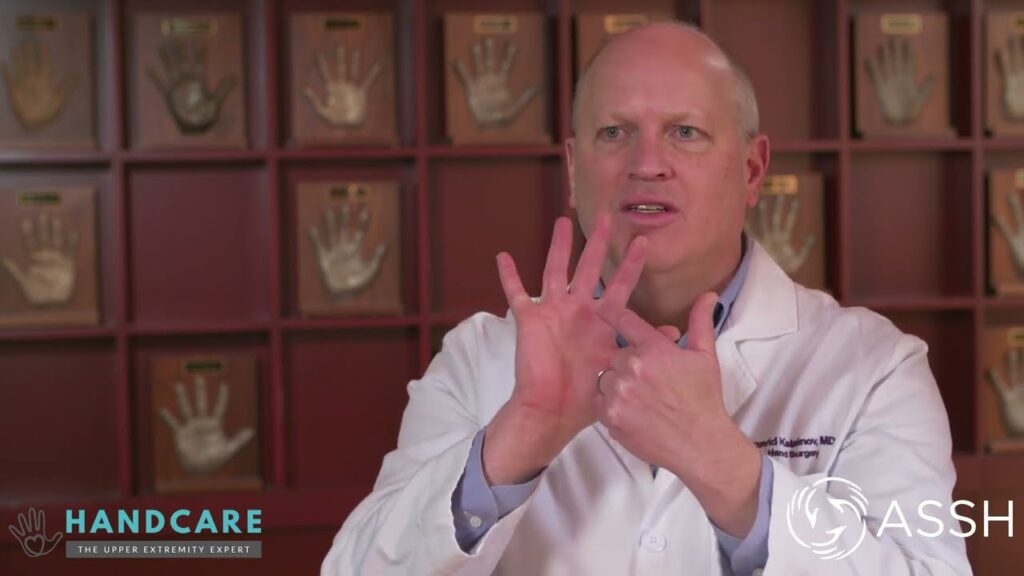
Skin cysts are a common dermatological condition, appearing as small, sac-like bumps just beneath the skin’s surface. While often harmless, they can be a source of discomfort or cosmetic concern. Their formation is not a random event; it’s typically linked to a few key factors that disrupt the skin’s natural processes.
One of the most frequent causes is a blocked oil gland. Skin contains sebaceous glands that produce sebum, a natural oil that keeps the skin and hair moisturized. If the duct of one of these glands becomes blocked, a build-up of sebum can lead to the formation of a cyst. Similarly, cysts can form when skin cells, which normally shed off the body, get trapped beneath the surface, creating a pocket where keratin and other debris accumulate.
Hormonal changes also play a significant role. Fluctuations in hormones, particularly androgens, can increase the production of sebum, making it more likely for oil glands to become clogged. This is why cysts are often associated with conditions like hormonal acne, and can become more common during puberty, menstruation, or pregnancy.
Furthermore, skin trauma or irritation can be a catalyst. A small wound, a scratch, or even chronic friction can disrupt the normal shedding process of skin cells, pushing them deeper into the dermis. This can create a pocket that traps cells, leading to a cyst. Picking at a blemish or squeezing a pimple can also push bacteria and cellular debris deeper into the skin, causing a more severe cystic breakout.
Finally, genetic factors can increase a person’s predisposition to developing cysts. Some individuals may simply be more prone to them due to inherited conditions that affect the skin’s structure or how its cells behave. If you have a family history of cysts, you may be at a higher risk.


